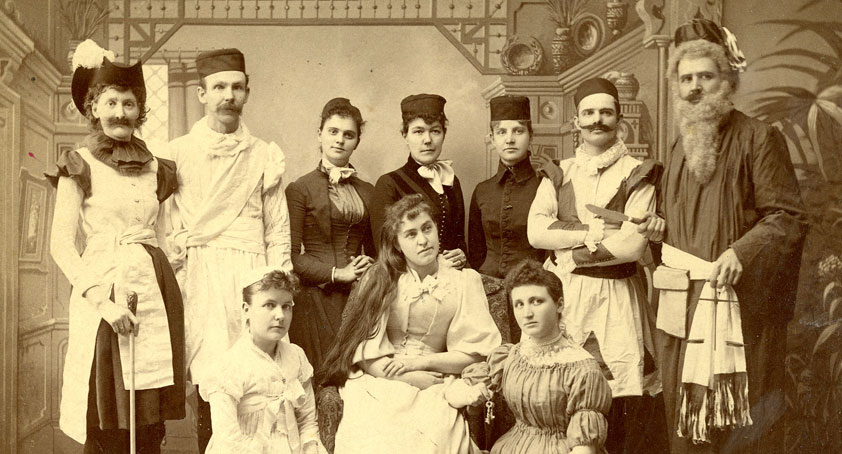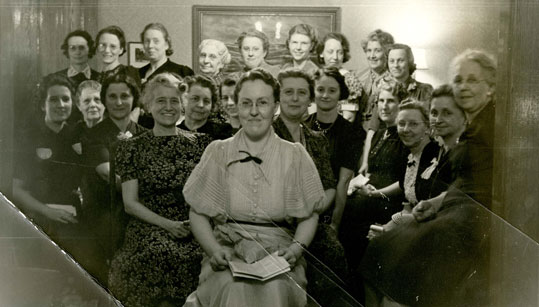The Silver Creek Shakespeare Club was founded in 1889 by Rev. Robert Newton Stubbs in Silver Creek, New York. The club was founded to, as Rev. Stubbs expressed, “…give what pleasure we can get what benefit we may.” Becoming a club exclusively for women after 1895, membership was limited to twenty five individuals with specific ballot casting to determine votes. Members were required to consider all applications to the club.
The club focused on interpretive readings of the texts of William Shakespeare, as well as other figures and elements of English literature. They generally focused on three to four plays during the year and had about twenty different meetings where discussions took place. During the meetings there would often be food and entertainment to accompany readings of characters and history within each work. Additionally, the club would observe specific holidays such as Twelfth Night (the first meeting of January), Shakespeare’s birthday, and the annual picnic that took place around July 4th.
In addition to their meetings and discussions, the club worked to assist other organizations within the community. Among the groups they aided were the Red Cross, Crippled Children’s Protestant Home, and the Lee Library in Silver Creek. The club was still active as of the donation of this collection in 1991.
A portion of the collection has recently been digitized by the University Archives and is available online through the University Libraries’ Digital Collection page.
*This post is part of an occasional series written by University Archives graduate assistants and practicum students. To prepare students for careers in Special Collections, our graduate assistants survey, process, and describe archival collections, digitize items for online use, and provide reference service to patrons. These posts allow our students to share their experience and impressions of working with primary source material in the Archives.

